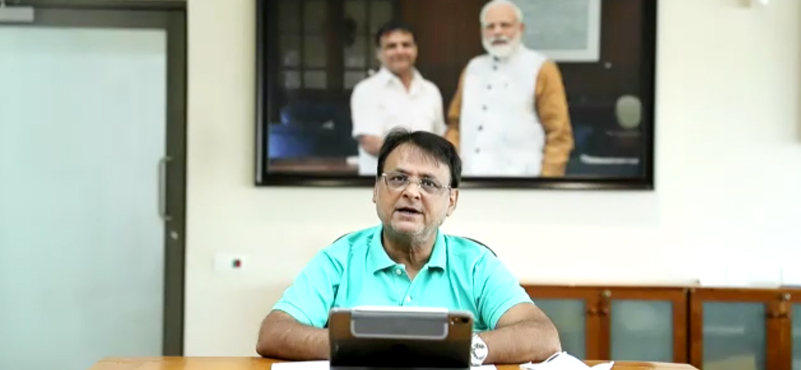Lahaul-Spiti is a pristine tourism destination and attract hordes of tourists, domestic and international. Though, despite its stature as an exquisite destination, tourist season is short and journey perilous. In the absence of all-weather roads, it remains off limits for the rest of the country in the winters which stretches to over five months. This is set to change in the coming months. After three years of delay, the digging of 8.8 kms. tunnel at Rohtang pass in Himachal Pradesh will be completed very soon. This tunnel will provide an all-weather access to the Lahaul-Spiti region, giving a major boost to tourism in the region. With the tunnel in place, the distance between Manali and Keylong, the district headquarters of the Lahual district, will be shortened by 48 kilometres and travellers will be able to bypass the treacherous Rohtang Pass. However, the tunnel will be operational only for medical emergencies in this winter, and it will be thrown open for public after important safety measures are put in place – which includes fire safety, complete ventilation and telephone booths at regular intervals.
Originally conceived in 1983, the construction of the tunnel was initiated in 2010 and the project is expected to finalised by 2019. Less than 4 metres are yet to be excavated in the middle of the tunnel, commencing at Dhundi in Kullu district and ending at Gufa Hotel, near Sissu, in Lahaul-Spiti district.
Signifying the strategic implication of the development, at least one metre will be excavated in presence of defence minister Nirmala Sitharaman at an official ceremony on October 24.
For too long, many of Himachal’s top tourist draws have been on the mercy of the vagaries of the weather. Limited air-connectivity only exacerbates the scenario. With the tunnel project finally inching towards completion, it is likely that tourism numbers will head north in the coming years. More importantly, tourism will bring financial gains and provide employment opportunities to local tribals – which have eluded them for too long.




































